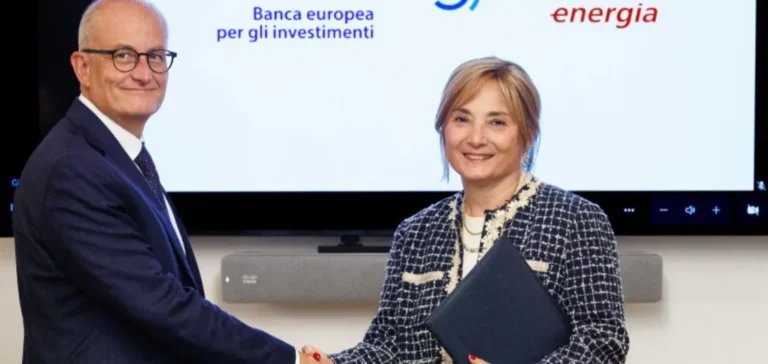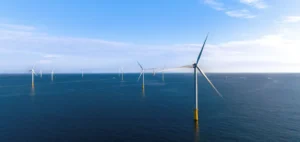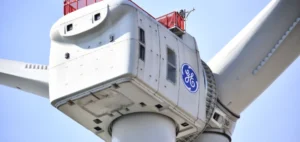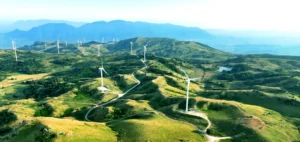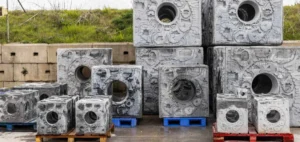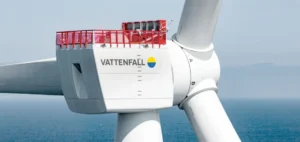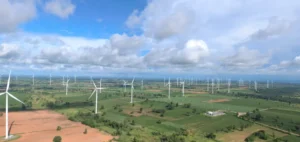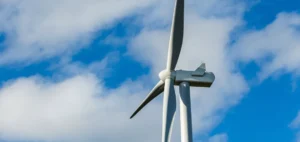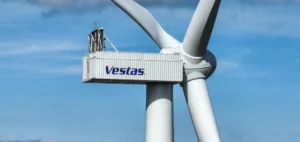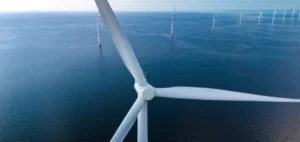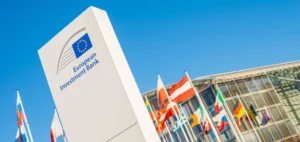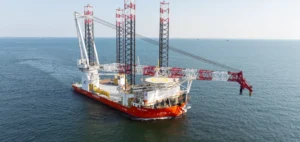The European Investment Bank (EIB) has signed a €200mn ($211mn) loan agreement with Dolomiti Energia Group to support its 2030 strategic plan. This green financing aims to strengthen electricity generation from onshore wind farms in southern Italy and to upgrade distribution infrastructure in the north.
Two investment priorities: generation and distribution
Under the terms of the agreement, 55% of the funds will be allocated to the construction of four new onshore wind farms in Campania and Puglia, both classified as cohesion regions by the European Union. The remaining 45% will go towards the renovation and development of the power grid in the Autonomous Province of Trento, including the construction of high-voltage lines, substations, and the modernisation of existing facilities.
The wind installations will have a total capacity of 121 MW, equivalent to the annual electricity consumption of over 100,000 Italian households. The project forms part of broader efforts to improve national energy security and grid resilience amid growing demand.
Structural support for Dolomiti Energia’s 2030 strategy
The EIB financing is 70.5% backed by InvestEU, the European Union programme designed to boost investments in strategic sectors. This financial support enables Dolomiti Energia to accelerate infrastructure projects while securing the liquidity needed to meet its development roadmap.
During the implementation phase, approximately 500 jobs are expected to be created across Italy. The project is seen as an economic driver in southern regions that have historically experienced lower levels of industrial development.
Strengthening the national energy portfolio
Dolomiti Energia claims a renewable production capacity of 1.7 GW and an annual output of about 4 TWh. It ranks among Italy’s leading hydropower producers. The new agreement with the EIB reinforces its position among operators engaged in modernising the national energy infrastructure.
The EIB carried out 99 operations in Italy in 2024, totalling €10.98bn ($11.58bn), unlocking nearly €37bn ($39.05bn) in investments into the real economy. A significant share of these commitments targets lower-income regions, in line with the European Union’s cohesion strategy.


